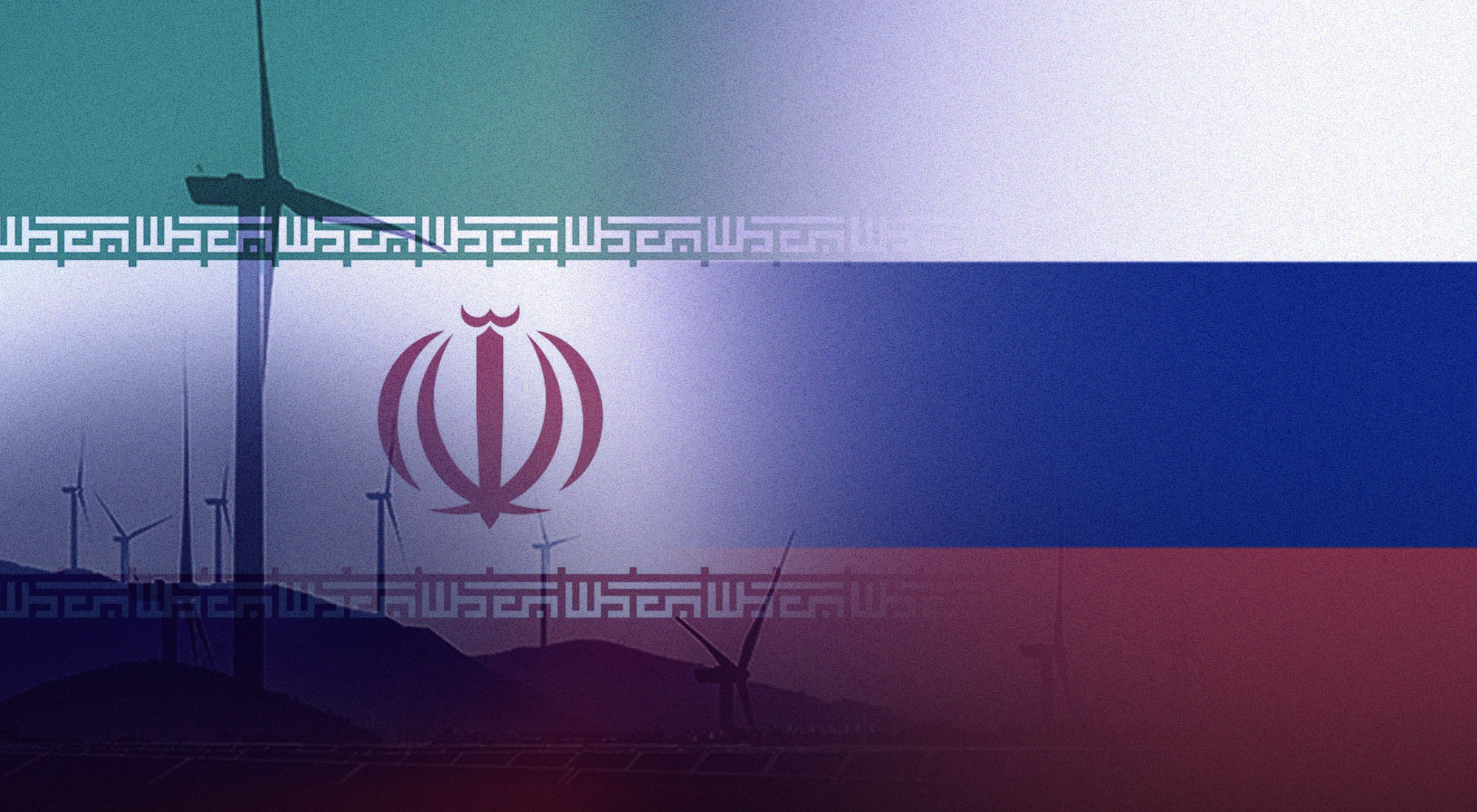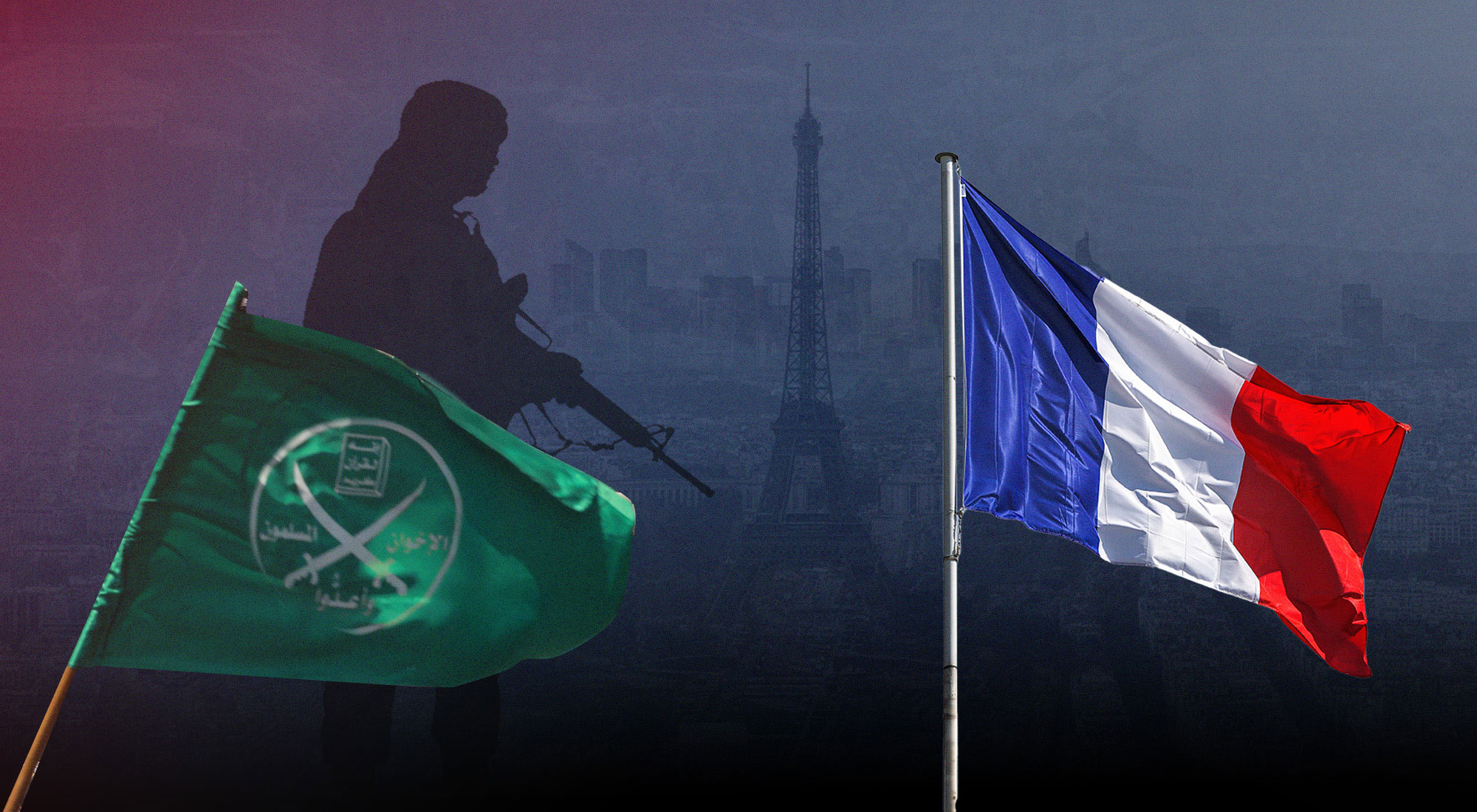The physical defeat of Daesh and the removal of the so-called “Caliphate” from the territories it controls in Iraq and Syria is inevitable. Mosul was liberated from Daesh in early July by the Iraqi security forces and supported by local tribes and the International Coalition. In other parts of Iraq, compared to one year ago, Daesh-controlled territory has been diminished to a few smaller cities. As the battle of Mosul concludes, the Syrian city of Raqqa is also being isolated and besieged by the US-backed coalition and Syrian Democratic Forces (SDF) in “Operation Euphrates Wrath,” and reports from the US and from the SDF claim between 45-50% of the city under control.
The battles to win back these key strongholds from Daesh control have been bloody, and not without great cost. Civilian casualties have been high according to the United Nations, and the damages to the physical infrastructure of these cities will mean the cities will need to be rebuilt. The bloodshed is likely to continue. In Iraq, key battles remain in Hawija (Iraq), which is said to contain up to 500,000 residents, mostly Sunni Arabs, and Qaim, an important border town and crossroads into Syria for Daesh and its affiliates. In Syria, Daesh still controls a significant amount of territory east of Raqqa, and the complexity of alliances between fighting forces in the country will continue to allow places for Daesh and its affiliates to regroup and re-organize.
Risks of a Short-Term Strategy
While the battle is not yet won, it is important for those fighting Daesh to start thinking: what happens after Daesh? This is critical for several reasons: First, leaving cities demolished or destabilized in Iraq and Syria risks several detrimental possibilities. The most dangerous of these possibilities would be for Daesh to regroup, re-strategize, and return to its former strongholds by filling the vacuum in the destroyed cities—rising out of the ashes of the rubble and destruction. Lack of basic resources, food and employment could lead to the community’s sympathy and support if any group is able to fill (or perceived to be able to fill) that void. According to the journalists of Raqqa is Being Slaughtered Silently, the military campaign by the International Coalition and SDF has caused heavily civilian casualties, forced the displacement of many families, and destroyed significant amounts of property, with seemingly little planned in terms of rebuilding the city after Daesh is removed. The International Coalition and SDF have discussed establishing a local police force called the “Raqqa Internal Security Force” to maintain security in the city after its liberation, but little has been announced with regards to plans of rebuilding the city, especially in the context of the Trump administration’s aggressively military policy towards Daesh.
Second, the complex balance of alliances between different fighting groups that are currently positioned against Daesh will certainly collapse once the common enemy is more-or-less defeated on the battlefield. For example, Turkey has been critical of the US decision to provide weapons to the Syrian Kurdish forces, the Yekîneyên Parastina Gel (YPG), and has specifically called for the ouster of the US Special Envoy to the anti-Daesh coalition on this matter. According to the Guardian, the Turkish air force has recently conducted military airstrikes against the YPG along the border between Turkey and Syria to prevent the Kurdish group from establishing an autonomous region in northern Syria and southern Turkey. Russia’s alignment with the Assad regime has created tensions between pro-Assad forces and US-backed coalition forces on the border between Iraq and Syria, although a ceasefire agreement between the US, Russia & Jordan may bring some temporary (and fragile) relief to those tensions. In Iraq, the Shi’a militia group, Hash’d al Shaabi, or the Popular Mobilization Forces (PMF), that was created by a fatwa by Iraqi Shi’a scholar Grand Ayatollah Ali al-Sistani is a compilation of soldiers trained by various actors, including the Iraqi special forces, but also by Muqtada Al-Sadr, leader of the former Mahdi army that fought against US forces in Iraq in the early to mid-2000s. After Daesh is defeated, competing strategies and political priorities in the region will mean that the cities liberated from Daesh control will need to be maintained with a very delicate balance.
Third and most importantly, at the same time Daesh is losing physical territory, they are strategically coordinating and inspiring attacks outside of Iraq and Syria in the hopes to sustain their organization and their operations. Unfortunately, this means the more territory lost from their strongholds, the more they will attempt to orchestrate attacks elsewhere, including Europe, North Africa, the Middle East and Southeast Asia. As Scott Englund pointed out in a recent TRENDS post, “Even after the last Daesh outpost is abandoned, and all of its leaders dead, Daesh will continue to inspire terrorism in Iraq, Syria and beyond.” And this has already begun: three attacks by Daesh affiliates in London and Manchester in three months have put security officials in Europe back on high alert. At the same time in Southeast Asia, a military campaign has been initiated against a coalition of Daesh-linked local terrorist affiliates in the Philippines, including the Abu Sayyef Group, Rajah Solaiman Movement, Moro Islamic Liberation Front, Bangsamoro Islamic Freedom Fighters and others. Undoubtedly, Daesh will also seek to influence, build alliances, and control territory in other locations, which could include destabilized countries such as Libya and Yemen, or North African countries such as Algeria, Morocco and Tunisia, already having bases of support there. In fact, Charlie Winter of the International Centre for the Study of Radicalisation and Political Violence (ICSR) argues that losing Mosul (and perhaps Raqqa) was long part of Daesh’s global plan, that holding the territory for almost three years was “more than enough for the group to make its mark as caliphate, and will be sufficient for it to boast in years to come of the jihadist utopia that once was.” Mosul & eventually Raqqa will be part of the nostalgic vision of the next wave of Daesh’s propaganda that will serve as a model for future attempts at territorial control elsewhere.
Beyond a Military Approach
Military interventions in Iraq and Syria, even after both Mosul and Raqqa are secured from Daesh control, will likely to continue, and will also likely need to be part of a broader strategy to ensure Daesh is eliminated. But, an entirely military solution, or one that ignores soft power measures, has potentially strategic disadvantages as already outlined above. This is not the first time in history a community will need rebuilt after a conflict; there are lessons that can be drawn from historical and current cases of disarmament, demobilization, disengagement, rehabilitation and reintegration of former militias and terrorist groups that should not be forgotten as Daesh is militarily defeated. These lessons can apply to the immediate conflict zones in Iraq and Syria, but also to the countries to which the foreign terrorist fighters are undoubtedly going to return once the battle is lost.
Combined with military tactics, the countries fighting Daesh should consider:
- Campaigning to win back the ‘hearts and minds’ by providing a way out for potential defectors from Daesh.
Daesh is losing physical territory & therefore credibility, and now is the time to “strike” when it comes to their propaganda war. Providing alternative narratives to the Daesh propaganda is especially crucial now, as both combatants and civilians under Daesh rule will have the increasing ability to leave as Daesh loses their ability to control territory. These alternative narratives need to provide a “way out” for combatants—to show that by defecting from Daesh they will not be instantly killed, and have an opportunity to live their lives (although not without consequences). This also goes for defectors that may not reside in Iraq or Syria and are part of the broader network of established “wiliyat” and affiliated groups across North Africa, the Middle East, Central Asia, South Asia and Southeast Asia.
Lessons for how to target campaigns towards potential defectors can be drawn from the Colombian military, who campaigned over the course of several years during Christmastime to encourage defections from the Fuerzas Armadas de Revolucionaries de Colombia (FARC). Their 2011 Christmas campaign “Operation Rivers of Light” featured small LED lights that were placed on the rivers in FARC territory, which served as key transportation highways for FARC. The LED lights were encapsulated along with small gifts & trinkets from the community as well as messages asking FARC to demobilize. In a similar campaign, “Operation Christmas,” Christmas lights were strung up in the jungle on selected trees in FARC territory, activated by motion sensors. Upon lighting up, the tree revealed the message, “If Christmas can come to the jungle, you can come home. Demobilize. At Christmas everything is possible.”
One example of a potentially relevant communications campaign from a Middle Eastern context is a Ramadan commercial by Zain that has been trending in the Arab world in summer 2017. Although it does not provide an explicit “way out” like the FARC campaign, it features a potential suicide bomber that is faced with the victims of previous terrorist attacks in Kuwait, Jordan and Saudi Arabia. The commercial is set to a catchy song by the popular UAE singer Hussain Al Jessmi, and the singer advises to “Confront your enemy with peace not war” as he extends his hand to the potential suicide bomber. The final message concludes with “We will counter their attacks of hatred with songs of love.” While the commercial itself has been highly controversial and disputed in terms of its effectiveness in the Arab world, it does provide an example of how a strategic message against terrorism can reach a large audience with the message that there are alternatives to terrorism.
Campaigns against Daesh and terrorism such as these need to be stronger, more widespread and more organized. The campaigns need to include key influencers across a multitude of sectors—sports, arts, fashion and beauty—and involve both the public sector and the private sector. The campaigns should provide an alternative to Daesh propaganda, a path that leads to alternative ways to address grievances rather than joining a terrorist group. The crucial element to these campaigns is the community—to demonstrate that the community is ready to support an individual that chooses to defect from Daesh, or an individual that rejects Daesh’s propaganda after he or she is initially swayed by it.
However, this community support does not come without its challenges. The fact that an individual once embraced Daesh’s ideology and brutal methods is not easily accepted by society, and family members of Daesh fighters even face discrimination and shame even if they are outwardly unsupportive of Daesh. For example, discussions with civil society workers in Morocco and Tunisia have revealed that often times the family members of individuals who have traveled to join Daesh are stigmatized by the community. Mothers are unable to grieve or bury their sons that are killed abroad; wives are unable to divorce their missing or deceased husbands, and cannot remarry.
In the context of a post-Mosul and post-Raqqa Daesh, there needs to be a more comprehensive coordinated communications strategy to reduce the appeal of the terrorist group that is adaptive to the rapid changes to Daesh’s “story.” Part of that communications strategy is to provide a “way out” for Daesh defectors, but should also include a strategy for bringing communities on board—to make a convincing argument for why reconciliation is an important step for restoring security and stability. This leads to the next recommendation:
- Maintain principles of justice and reconciliation for those that have been victimized by Daesh and its affiliates.
At the same time communications campaigns seek to provide alternatives and “ways out” to Daesh messages and ideology, the post-military process to restore stability should draw on principles of justice for victims, and community reconciliation. There are many possible historical examples that could illustrate this point, but one perhaps lesser known example comes out of the heart of Africa. In the late 70’s, an Ethiopian military junta, known as the Derg, carried out massive tortures and killings of their political opponents, led by Mengistu Haile Mariam. The events of what was known as the “Red Terror” or Qey Shibir are carefully documented and displayed in a small museum in Addis Ababa known as the “Red Terror Martyrs Museum.” Visitors to the museum can learn about the history of the conflict through photos, propaganda materials, artifacts and art.
The visitors’ journey through the Red Terror Martyrs Museum is exemplary of three key principles of justice and reconciliation that can be applied to the context of Daesh: 1) documentation of the brutality of the torture and genocide that took place at the hands of the Derg; 2) memorialization of the victims of the conflict, and 3) proof that justice was served for those that perpetrated the violence. Each of these principles are also applicable to the post-Daesh control of territory in Iraq and Syria. First, the Red Terror Martyrs Museum displays, sometimes gruesomely, the brutality of the tactics used by the Derg to identify, torture and kill their opponents. In the same way, Daesh’s actions cannot and should not be forgotten—their crimes against innocent men, women and children should continue to be documented.
Second, the Red Terror Martyrs Museum articulately identifies the photos and names of the victims of the violence in a wall memorializing their sacrifice. As some of the victims of the Red Terror were never identified, there is also a small room that contains the bones and remains of the unidentified bodies to serve as a reminder of those that simply disappeared in the conflict. With the large number of civilian causalities killed by Daesh inside Iraq and Syria as well as outside, some of which are still unknown, recognizing the voices and the stories of those that have been victimized by Daesh will be an important component of the reconciliation process.
Third, the Red Terror Martyrs Museum contains a detailed list of the perpetrators of the violence, as well as the sentences they received for their crimes. This is important because it reassures the community that justice was served, even if pardons were made and sentences were reduced as part of the conflict negotiations. In the context of Daesh, it will be important for perpetrators of violence to be held accountable for their actions, including those who return to their home countries. For some countries, this actually presents quite a challenge—the legal frameworks may not be in place to criminalize joining terrorist groups or militant groups abroad. For example, it will be only in September of this year that Indonesia is expected to pass a law to allow foreign terrorist fighters to be jailed (for up to 15 years) after returning home from a conflict abroad. For other countries such as Tunisia, where legal frameworks are in place to address the return of foreign terrorist fighters, there has also been criticism of the legal measures by civil society and NGOs for being too strict and in violation of human rights. Governments will need to continue to work on their legal frameworks to ensure that criminal justice measures are up to standards with the rapidly-changing conflict, but that also that the justice that is served provides appropriate reassurance at the community level that Daesh perpetrators are appropriately held accountable for their crimes.
Looking Forward
While these recommendations are not a comprehensive solution to what happens after Daesh, it is important for these lessons to be transferred to the post-Daesh situation in the development of a long-term strategy. These soft-power elements are indeed challenging to balance because they require support and backing from local communities that are directly affected by the conflict, and each of those localities will need to apply these lessons in a way that best fits their context. This will certainly require hard work, trust-building, locally-led initiatives, and individuals truly dedicated to re-building their societies after Daesh is eliminated militarily. However, if these lessons are not applied or incorporated as part of that long-term strategy, the military “defeat” of Daesh will only delay the problem long enough for the next terrorist group to emerge.








